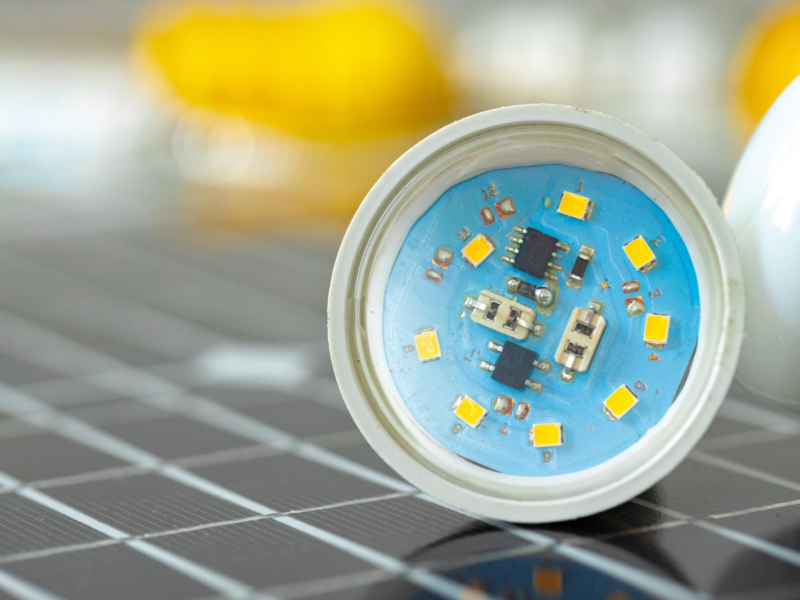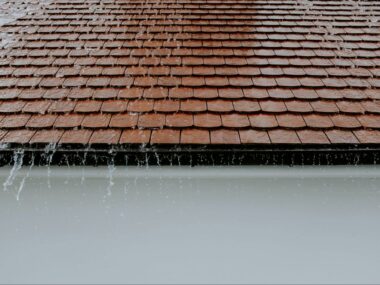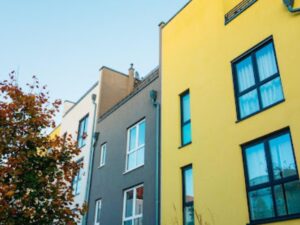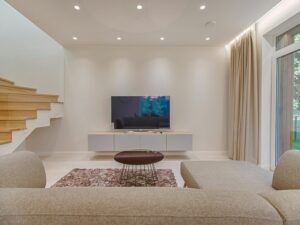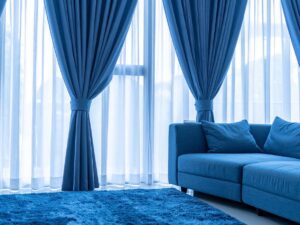LED lights have rapidly become the lighting choice of the modern world. From homes to offices, public spaces, and even outdoor areas, LED technology is revolutionizing how we illuminate our surroundings. If you’re considering switching to LED lights or just want to learn more about them, this article will cover everything you need to know – from their energy efficiency to their long lifespan, here’s a comprehensive guide to LED lights.
What Are LED Lights?
LED stands for Light Emitting Diode. Unlike traditional incandescent bulbs, which generate light by heating a filament, LED lights produce light through a semiconductor that emits light when current passes through it. This process is highly efficient, which is one reason why LED bulbs are far more energy-efficient than traditional incandescent bulbs.
LED lights are available in a variety of forms, from LED light bulbs to LED strip lights, and can be used for numerous purposes, including ambient lighting, task lighting, and even decorative purposes such as christmas lights.
Advantages of LED Lighting
Energy efficiency
One of the most significant advantages of LED lights is their energy efficiency. Compared to traditional bulbs, LEDs consume significantly less power while providing the same or even brighter illumination. This leads to lower electricity bills and reduced cooling costs in air-conditioned spaces because LED lights generate much less heat.
For instance, a typical LED light bulb uses about 75% less energy than an equivalent incandescent bulb. This is because LED bulbs convert most of the energy into light, with minimal energy lost as heat.
Long lifespan
LED lights are built to last. They have a long lifespan, typically around 50,000 hours, which is far longer than traditional incandescent bulbs or halogen lights. This means that with LED technology, you won’t need to replace your light bulbs nearly as often, making them a cost-effective lighting solution in the long term.
Versatility and colours
Another benefit of LED lights is their versatility. Whether you’re looking for ambient lighting to create a cozy atmosphere in your bedroom or task lighting for a workspace, LEDs can do it all. They are available in a wide range of colours and colour temperatures, from warm white to cool white, making it easy to find the perfect lighting for your space.
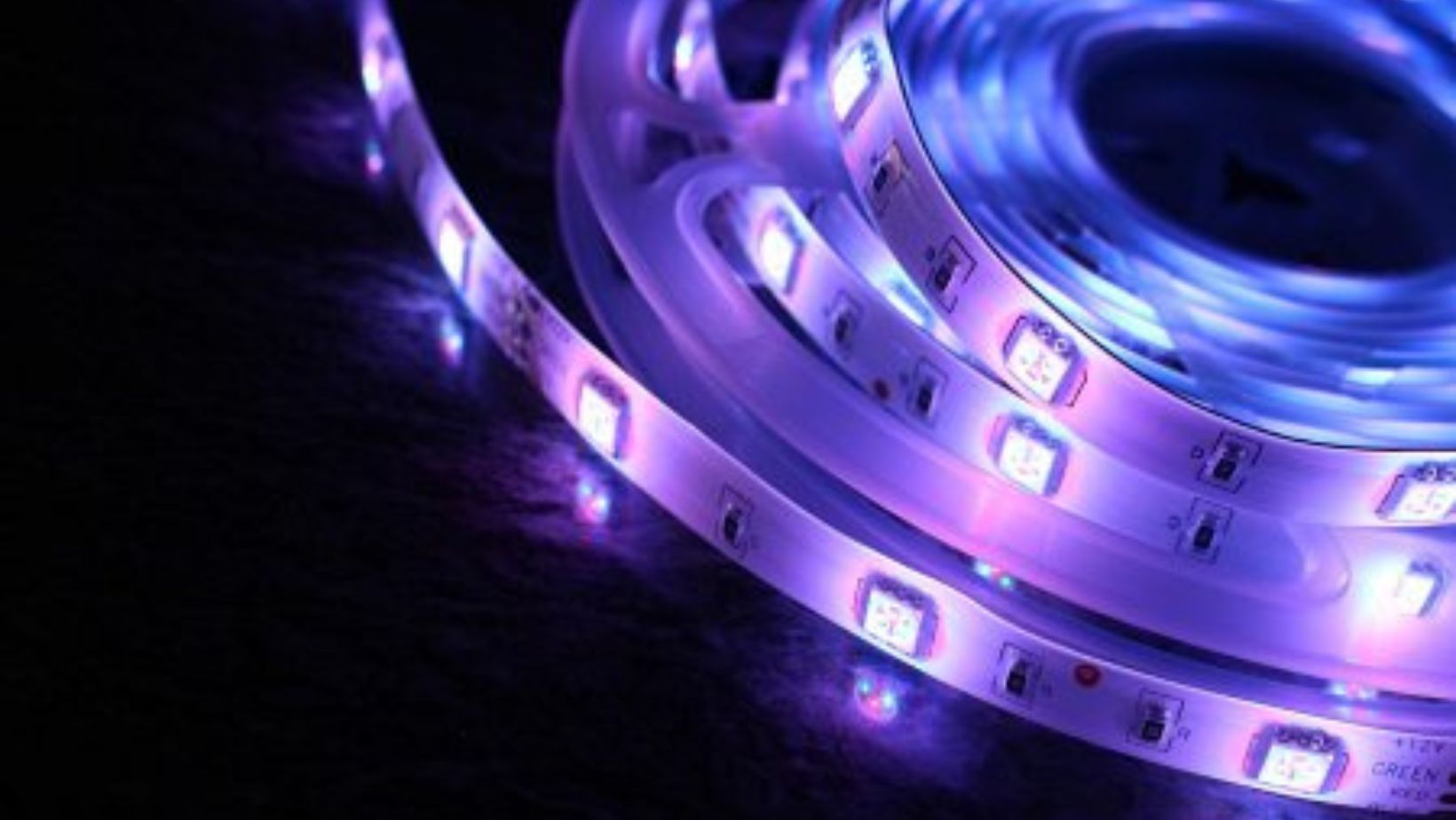
If you’re looking for something more dynamic, LED strip lights are available in RGB (red, green, blue) colours, allowing you to create various colours and effects in your room. These LED strip lights can be used to illuminate everything from indoor spaces to outdoor areas, adding a touch of creativity to your home decor.
Environmentally friendly
LED lighting is a more environmentally friendly option compared to traditional lighting technologies. LEDs are free of harmful chemicals like mercury, which is commonly found in fluorescent lights. Additionally, because LED lights are so energy-efficient, they contribute to reducing carbon emissions and the overall environmental impact of energy production.
With LED lights, you’re not only saving energy and money but also doing your part to help the planet. Whether you’re using LED light bulbs or LED strip lights, you can feel good knowing that you’re supporting a more green and sustainable solution.
Types of LED Lights
LED lights come in various forms to suit different lighting needs. Here’s a breakdown of the most common types of LED lights:
LED light bulbs
LED light bulbs are the most common form of LED lighting and can be used to replace traditional incandescent bulbs in almost any fixture. They are available in a wide range of colour temperatures and are suitable for task lighting, ambient lighting, or general lighting in spaces like bathrooms, kitchens, or living rooms.
LED strip lights
LED strip lights are flexible strips of LED lights that can be used for decorative and functional purposes. These strips are ideal for illuminating outdoor areas, under cabinets, around mirrors, or for creating atmospheric effects. They can be cut to fit specific spaces, making them highly customizable.
LED bulbs for dimmers
Some LED bulbs are designed to work with dimmers, allowing you to adjust the brightness to suit the mood or activity. Whether you’re looking for a soft glow for a bedroom or bright illumination for a workspace, LED bulbs with dimming functionality are an excellent choice.
Outdoor and waterproof LED lights
If you’re looking to illuminate outdoor areas, LED lights are an excellent option due to their ability to withstand extreme temperatures and harsh weather conditions. Waterproof LED strip lights and bulbs can be used in gardens, patios, or even outdoor as a christmas decorations. These lights are designed to endure the elements while providing long-lasting performance.
LED Lighting vs Other Lighting Technologies
When compared to other lighting technologies, LED lights stand out for their superior efficiency and long lifespan. Let’s look at how they compare with halogen and fluorescent lights:
- LED lights vs. halogen: While halogen bulbs produce a bright, white light, they are less energy-efficient and generate more heat. LED bulbs last much longer, with a lifespan of up to 50,000 hours, compared to just 2,000-5,000 hours for halogen bulbs.
- LED lights vs. fluorescent: Fluorescent lights are another common lighting option, but they are not as energy-efficient as LED lights. Additionally, fluorescent lights contain mercury, which makes disposal more difficult. LED lights, on the other hand, are environmentally friendly and contain no hazardous materials.
Power savings and efficiency
Switching to LED lights from traditional incandescent bulbs can save a significant amount of energy. LEDs use less power for the same brightness, reducing the amount of electricity required to illuminate your home. This makes them not only better for the environment but also better for your wallet, as they lower your electricity bills over time.
Suitability for smart homes
Many LED lights can now be integrated with smart home systems like Google Home. This allows you to control your LED strip lights or LED bulbs remotely using your smartphone or voice commands. Whether you want to adjust the brightness, change the colour temperature, or turn the lights on and off, smart LEDs give you full control.
Choosing the Right LED Lights For Your Needs
When it comes to choosing the right LED light bulbs or LED strip lights for your space, there are a few things to consider:
- Brightness: LED lights come in different brightness levels, measured in lumens. Choose LED lights that provide enough light for the task at hand, whether it’s task lighting in the kitchen or ambient lighting in the living room.
- Colour temperature: Consider the colour temperature of the LED lights. Warm white light creates a cozy, inviting atmosphere, while cool white or bright light is ideal for areas where you need more focus, such as home offices or workspaces.
- Energy efficiency: Always look for energy-efficient LED lights. Some LED bulbs and LED strips are rated for higher efficiency, which can result in greater savings on your electricity bill.
- Suitability for dimmers: If you have dimmer switches, make sure to choose LED lights that are compatible with them. Not all LEDs work well with dimmers, and you may experience flickering if you don’t select the right type.
- Environment: Think about where the lights will be used. For example, LED strip lights are great for indoor spaces but can also be used to illuminate outdoor areas if they’re designed to be waterproof.
Conclusion
LED lights are a fantastic lighting option for those looking to save money, reduce their environmental impact, and enjoy high-quality illumination. Whether you opt for LED light bulbs or LED strip lights, you’ll benefit from their energy efficiency, long lifespan, and versatility.
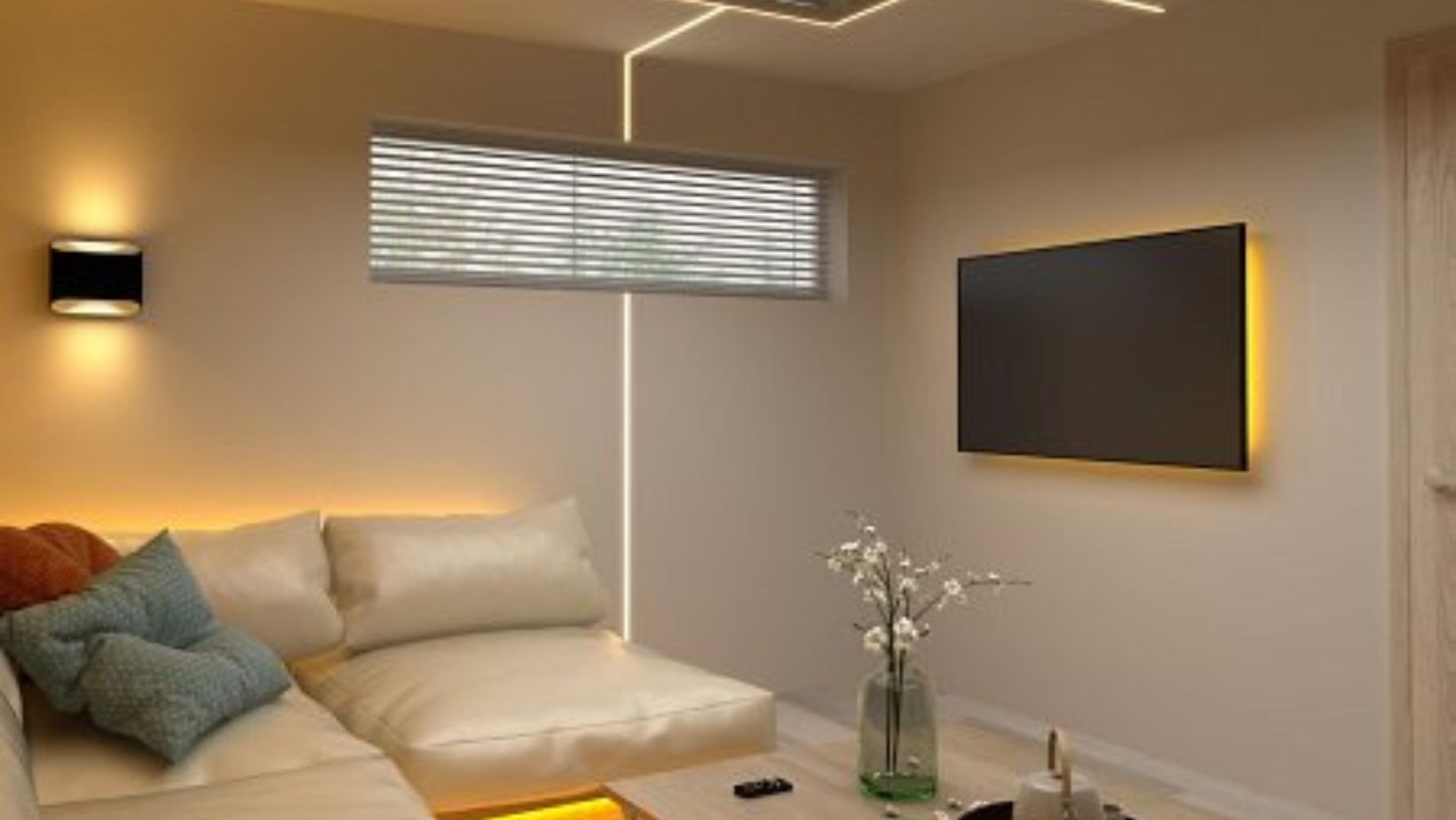
As LED technology continues to evolve, it’s clear that this lighting solution will remain at the forefront of the lighting world. Whether you need ambient lighting, task lighting, or just want to illuminate a room with dynamic colours, LED lights are the way to go. So why not replace those outdated incandescent bulbs with LED bulbs and start enjoying the numerous benefits of this advanced lighting technology today?
